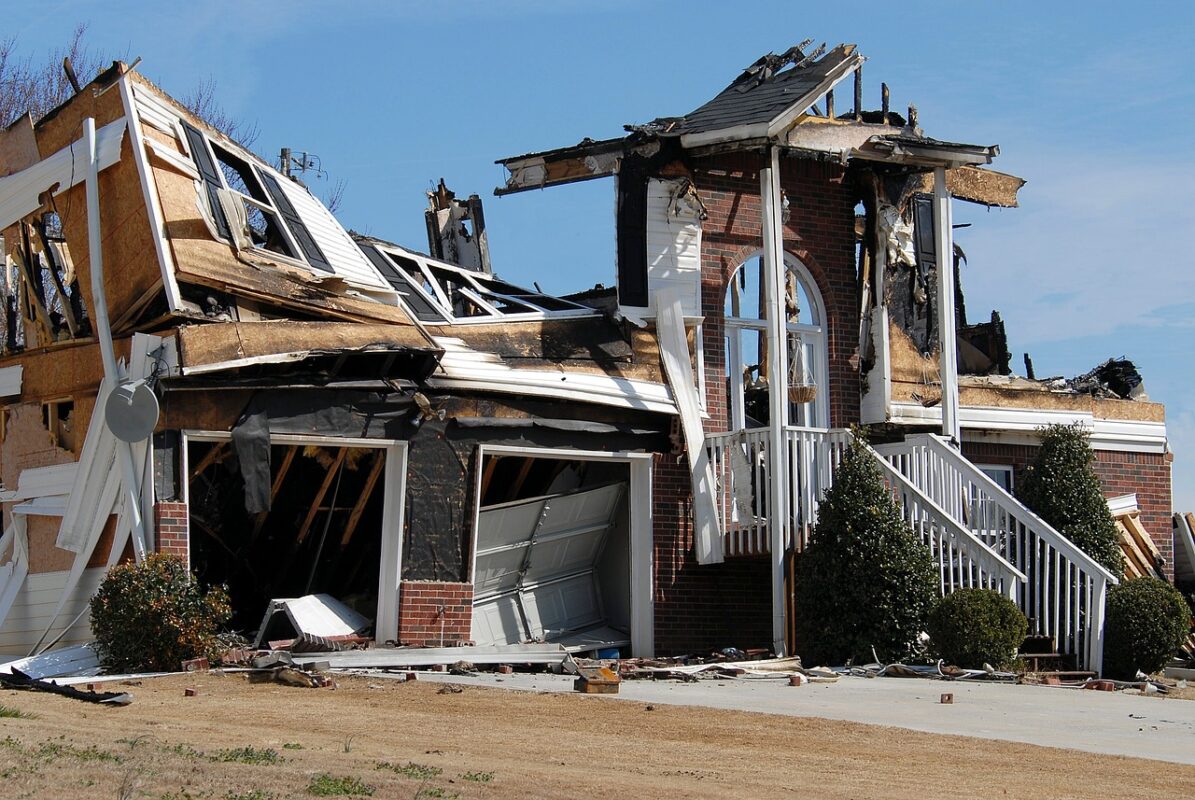In the face of an increasingly unpredictable climate, disaster resilience has become a critical concern for homeowners. Natural calamities such as hurricanes, earthquakes, wildfires, and floods pose significant threats to homes and their occupants. A home inspection, traditionally associated with assessing the condition of a property, has now evolved into a powerful tool for safeguarding homes from the devastating impact of natural disasters. This article explores the role of home inspection in identifying vulnerabilities and implementing measures to create disaster-resilient homes, promoting safety, and peace of mind for homeowners.
Understanding Natural Calamities and Their Impact on Homes
Natural disasters can wreak havoc on homes, causing severe damage and long-term consequences. Hurricanes bring destructive winds, heavy rainfall, and storm surges, while earthquakes can lead to structural collapse. Wildfires engulf properties in flames, and floods leave a trail of devastation. Inadequate disaster preparedness can result in costly repairs, emotional distress, and, in extreme cases, the loss of lives.
The Disaster Resilience Home Inspection Checklist
A. Exterior Assessment
- Roof inspection: Ensuring sturdy materials, wind-resistant design, and proper sealing to withstand hurricane-force winds.
- Siding and windows: Evaluating the use of impact-resistant materials and secure installations to protect against debris impact.
- Foundation inspection: Verifying the stability and reinforcement against seismic activities.
B. Interior Assessment
- Structural integrity: Assessing load-bearing walls and support structures for earthquake resistance.
- Electrical and plumbing systems: Ensuring safety and functionality during disasters to prevent hazards.
- Indoor air quality and ventilation: Considering disaster scenarios where external air quality might be compromised.
C. Landscaping and Surroundings
- Proper drainage systems: Installing adequate drainage to prevent flooding during heavy rains.
- Fire-resistant landscaping: Creating defensible space around the property in wildfire-prone areas.
- Securing outdoor structures and utilities: Bolting outdoor objects to prevent them from becoming projectiles during hurricanes.
Mitigation and Retrofitting Solutions
A. Reinforcing Roof and Walls
- Implementing hurricane straps and tie-downs for enhanced wind resistance.
- Utilizing seismic retrofitting techniques in earthquake-prone regions.
B. Impact-Resistant Windows and Doors
- Upgrading to impact-resistant glass and frames to protect against debris impact.
- Installing storm shutters and protective covers for added security.
C. Flood Prevention and Protection
- Elevating electrical panels and utilities above flood levels to avoid water damage.
- Installing flood barriers and sealing vulnerable entry points.
D. Fire-Resistant Measures
- Using fire-resistant building materials and coatings to reduce wildfire risks.
- Creating defensible space around the property by removing combustible vegetation.
Leveraging Technology for Disaster Preparedness
A. Advanced Early Warning Systems
- Integrating weather monitoring and alerts into smart home systems for timely warnings.
- Utilizing earthquake early warning technology to provide precious seconds of preparation.
B. Home Automation for Disaster Response
- Installing smart sensors to detect gas leaks, smoke, and water intrusion for immediate action.
- Utilizing automated shutoff valves and emergency lighting systems to prevent hazards during disasters.
The Role of Home Inspectors and Disaster Resilience Specialists
Certified professionals play a pivotal role in conducting comprehensive disaster resilience inspections. Collaborating with engineers and experts in disaster-resistant design, they provide homeowners with personalized disaster preparedness plans, empowering them to make informed decisions to protect their homes.
Promoting Community Resilience and Public Awareness
Community-based disaster preparedness initiatives and public education on disaster resilience and the importance of home inspections are essential for fostering a culture of disaster preparedness. Incentives and support for homeowners investing in disaster-resistant upgrades can create a future of disaster-resilient communities, ensuring safer and more secure living.
Home inspection has evolved into a vital tool for homeowners seeking disaster resilience. By identifying vulnerabilities and implementing mitigation measures, home inspections help protect homes from the impact of natural calamities. Embracing a culture of disaster preparedness and promoting community resilience can create a safer, more secure, and sustainable future for homeowners across the globe. With the guidance of certified professionals and advanced technologies, disaster resilience becomes attainable, empowering homeowners to safeguard their homes and loved ones from the unpredictable forces of nature.

